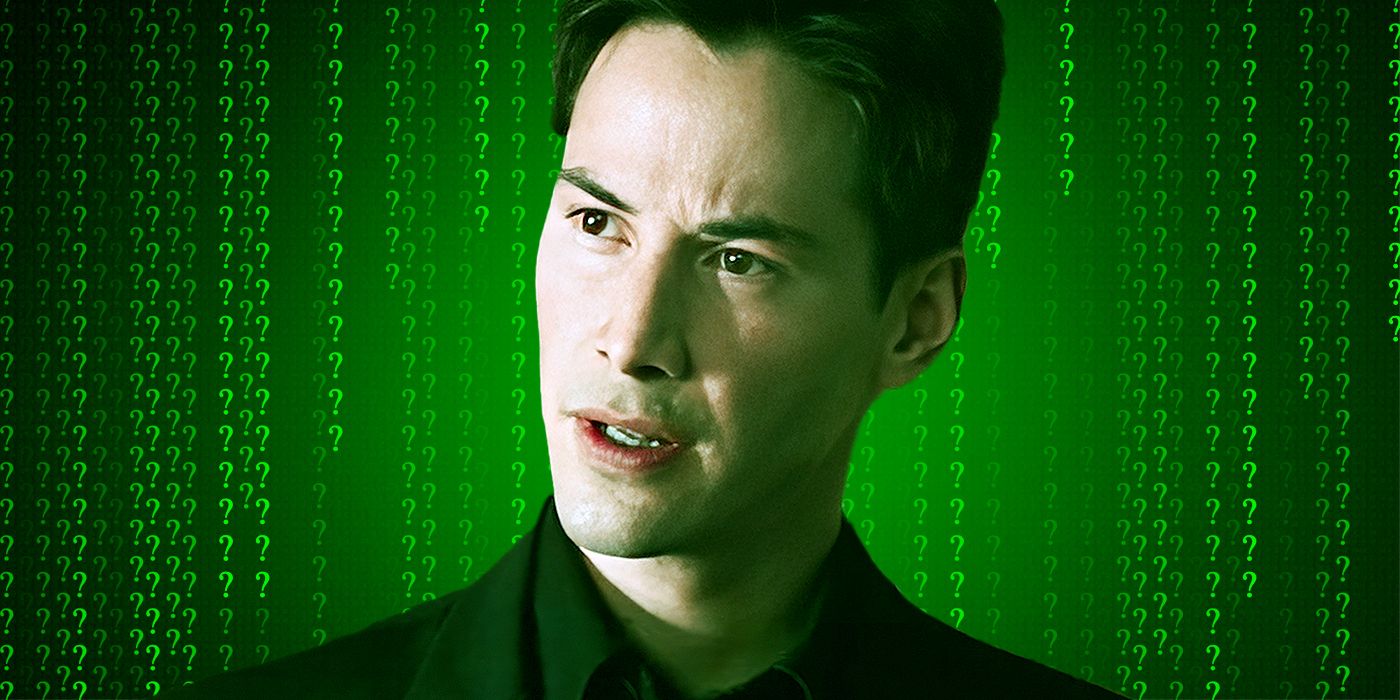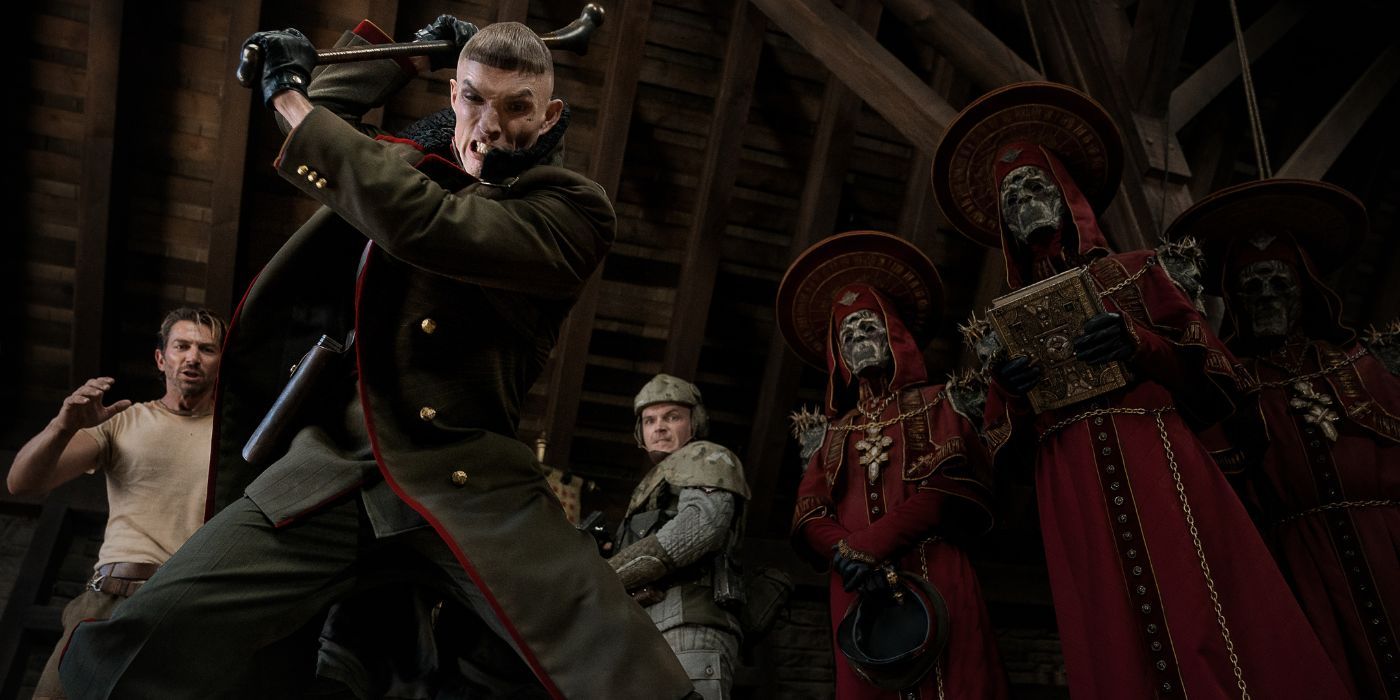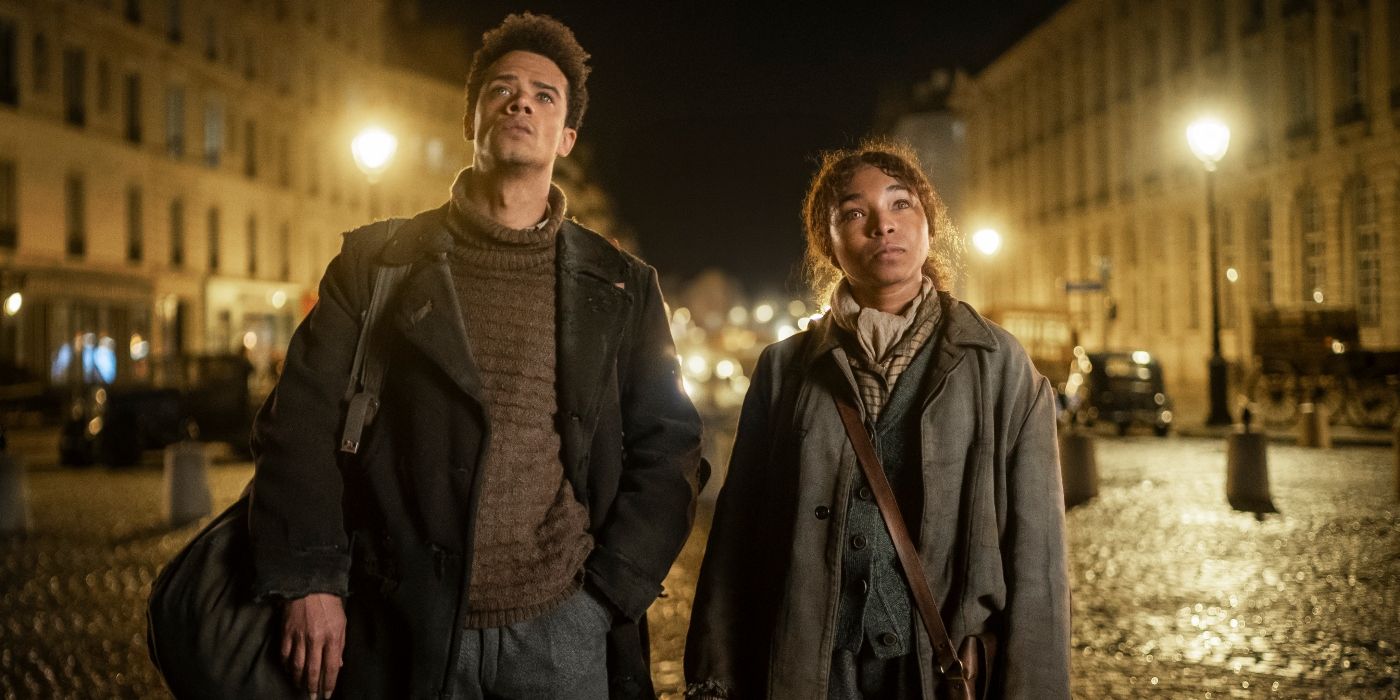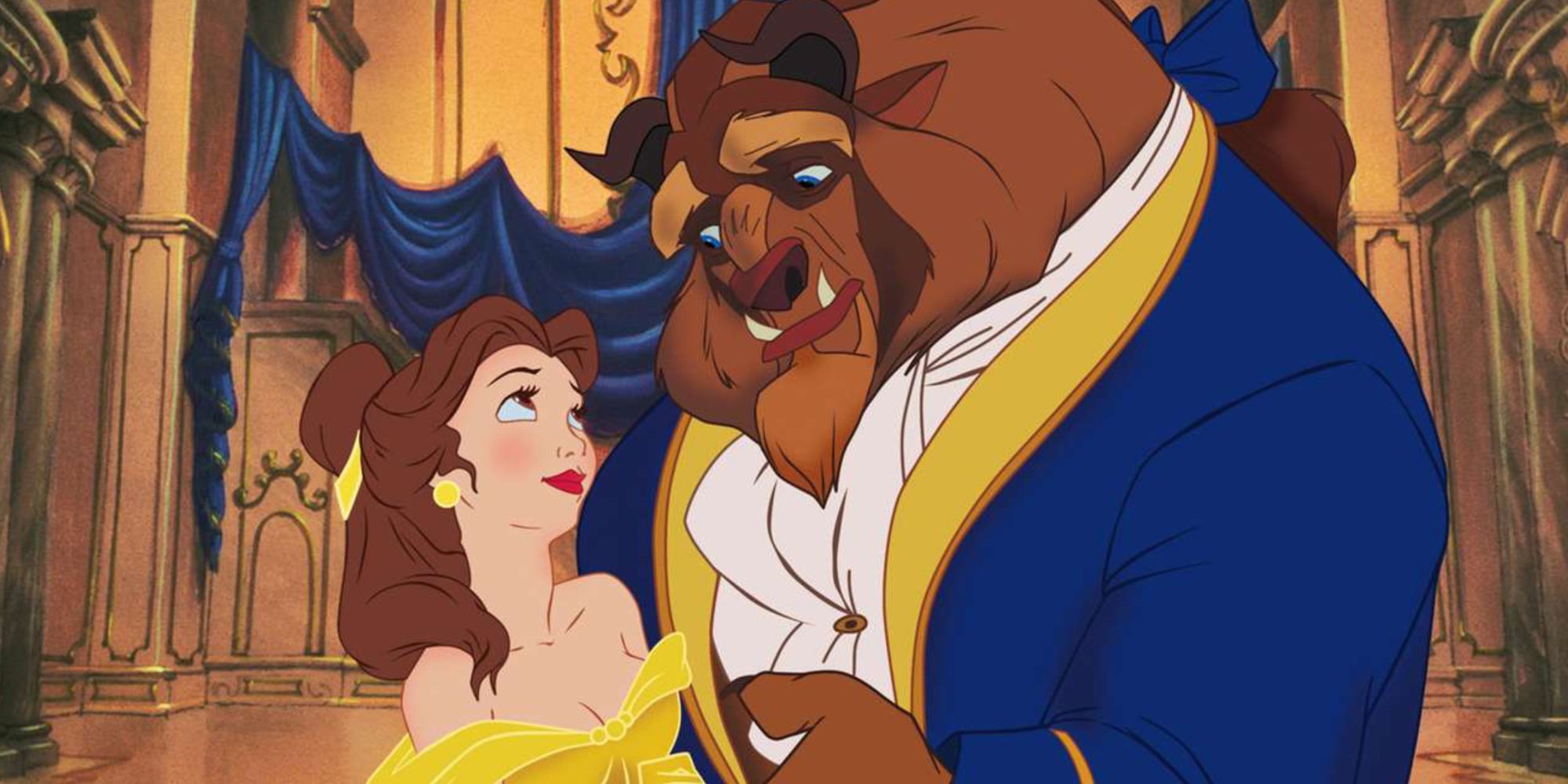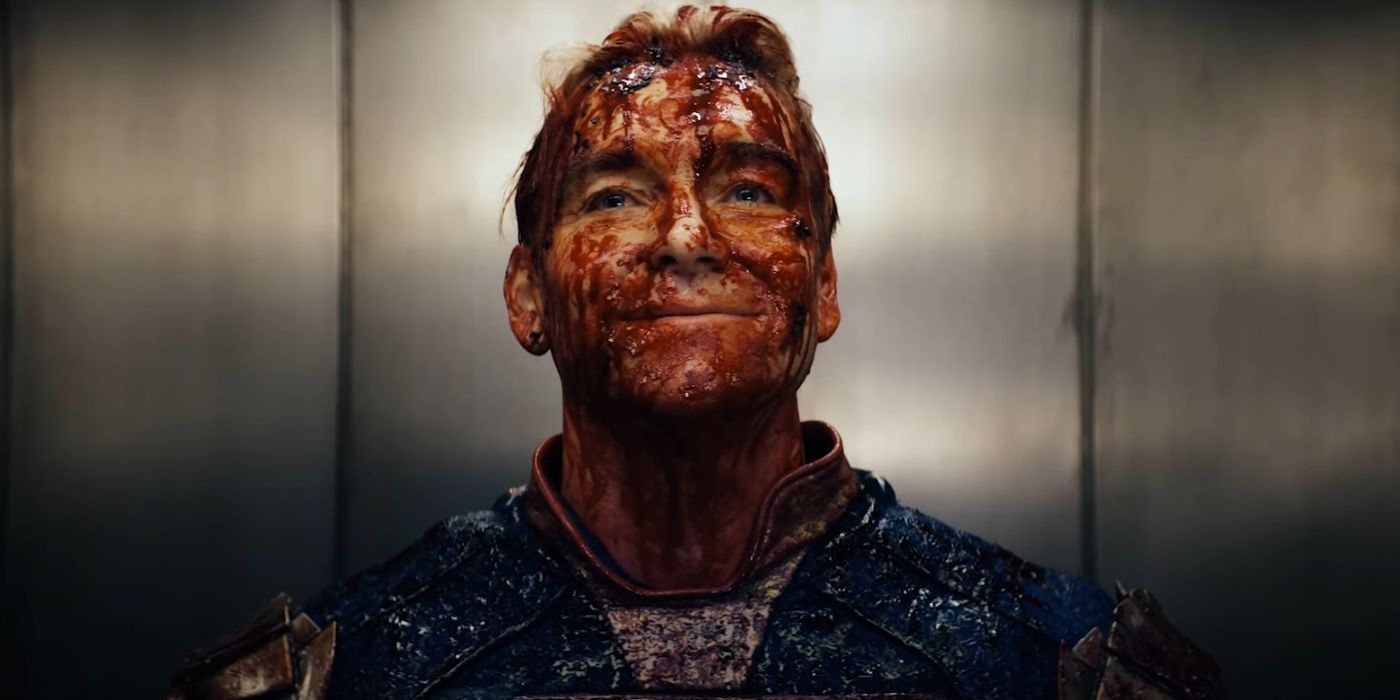The Big Picture
-
The Matrix
revolutionized sci-fi cinema in 1999 with its innovative storytelling and groundbreaking “Bullet Time” visual effect technique. - The Wachowskis used over 100 cameras to create the iconic fight scenes in
The Matrix
, blending gunplay, martial arts, and rapid time distortion. - While
The Matrix’s
sequels also featured “Bullet Time” sequences, they lacked the intimacy and storytelling depth of the original.
While science fiction cinema had been dominated by the popularity of franchises like Star Wars, Star Trek, and Alien throughout the 20th century, the power dynamics shifted forever when The Matrix debuted in the spring of 1999. By drawing from the classical hero’s journey narrative and updating it for the Y2K era, Lana and Lily Wachowski created a rich mythology that ended up spawning a highly successful franchise, which continues to produce new installments. Although the insertion of Plato’s “Philosophy of the Cave” made The Matrix a more thought-provoking entry within the genre than many of its competitors, the film became a popular culture phenomenon due to its inventive action sequences. In creating one of the most iconic movie fights of all-time, the Wachowskis had to use over 100 cameras to create the “bullet time” sequence in The Matrix.
The Matrix
Neo (Keanu Reeves) believes that Morpheus (Laurence Fishburne), an elusive figure considered to be the most dangerous man alive, can answer his question — What is the Matrix? Neo is contacted by Trinity (Carrie-Anne Moss), a beautiful stranger who leads him into an underworld where he meets Morpheus. They fight a brutal battle for their lives against a cadre of viciously intelligent secret agents. It is a truth that could cost Neo something more precious than his life.
- Release Date
- March 31, 1999
- Runtime
- 136 minutes
What Is ”Bullet Time” in ‘The Matrix?’
The Matrix is set in a dystopian world where an all-powerful artificial intelligence program has unknowingly trapped most humanity in its simulated reality program. While a majority of human beings are blissfully unaware that their minds are being controlled by a latent force, the resistance leader Morpheus (Laurence Fishburne) and his crew member Trinity (Carrie Anne-Moss) lead a small group of rebels that attempt to awaken humanity to the illusion. Morpheus becomes obsessed with a prophecy that predicts that a messianic figure known as “The One” will save humanity and free them from the Matrix; he comes to believe that the identity of “The One” is the hacker Thomas Anderson (Keanu Reeves), a hacker known as “Neo.” While he wasn’t the first choice to play the role, Reeves’ signature performance as the franchise’s protagonist was unquestionably a major reason for its success.
While Neo’s character arc could be compared to similar “hero’s journey” narratives in science fiction, fantasy, and mythology, The Matrix featured heavily stylized action sequences during the scenes set within the Matrix itself. Once Neo learns how to free his mind and recognize that he is not fighting within reality, he is able to bend the laws of physics to his will. The Wachowskis took heavy inspiration from 1980s and ‘90s anime, and created a fighting style that incorporated gunplay, martial arts, and a rapid distortion of time. The stark differences between the way that gravity works within the Matrix and the scenes set on the ruins of Earth helped the film establish the unique parameters of its worldbuilding.
Although there are many inventive fight scenes throughout the film, The Matrix’s most iconic fight scene utilized the game-changing “Bullet Time” visual effect technique. After Morpheus is captured by the evil Agent Smith (Hugo Weaving), Neo and Trinity team up to storm a rooftop to face off with The Matrix’s goons. Although he’s met with heavy gunfire, Neo discovers that he can dodge the attacks and manipulate the laws of physics to his will; in Morpheus’ eyes, this proves that he is “The One.” Although slow motion action sequences are already in films like the iconic ending of Brian De Palma’s Blow Out, the attention-to-detail that the Wachowskis showed in identifying each invading bullet made The Matrix’s “Bullet Time” effect stand out in comparison.
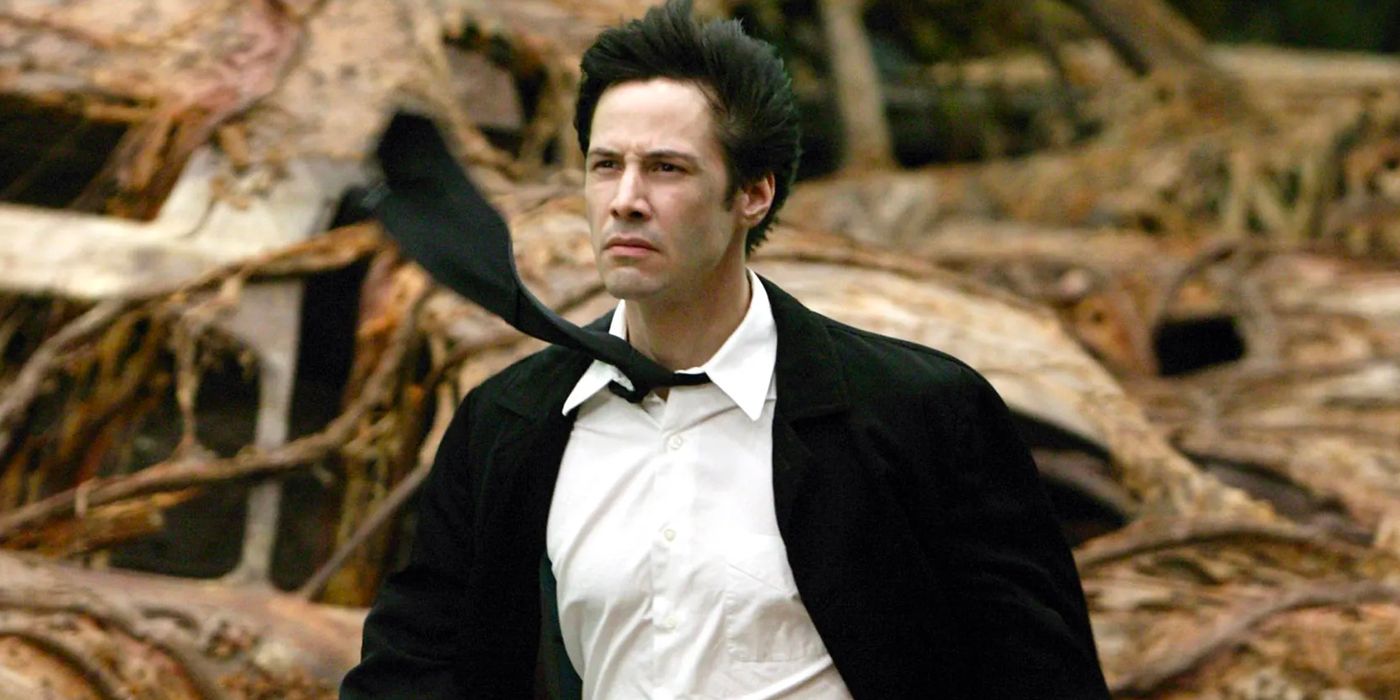
Roger Ebert Hated This Keanu Reeves Movie
If Ebert had his way, the film would have been sent to the hell it depicted.
The Wachowski Sisters Changed VFX With ‘The Matrix’
When crafting the “Bullet Time” sequence, the Wachowskis had to ensure that the audience wasn’t deceived by traditional slow motion effects. The final action sequence in The Matrix required 120 still camera setups and two film cameras in order to get a more immersive field of vision. By placing multiple cameras close together, the film created the illusion that Neo was moving at a different speed than the bullets and that the action moved more rapidly than the stunt performers actually were. Reeves was so committed to performing the material practically that he hid a spinal injury in order to pull off the stunt sequences.
Creating a sequence as intricately layered as the “Bullet Time” required a lot of planning, and the Wachowskis pre-visualized the sequence using scanned images in order to perfect the blocking. Once the footage was compiled, the various camera shots were “interloped” to create the illusion of fluid movement. The background images detailing the buildings and footage of the bullets themselves were inserted in by adding still images to the green screen stages. It was a groundbreaking technique that earned The Matrix Academy Award victories for Best Editing, Best Visual Effects, Best Sound, and Best Sound Effects Editing.
What Other Movies Used ”Bullet Time?”
Given The Matrix’s immediate impact on popular culture, many films attempted to replicate similar “Bullet Time” effects in their action sequences. While not as well-regarded as their predecessor, The Matrix’s three sequels each used “Bullet Time” to a certain extent as Neo and his allies are drawn into a larger scale war against the machines. While we certainly can’t deny the payoff of their spectacle, the fight scenes in The Matrix Reloaded and The Matrix Revolutions lack the intimacy of Neo’s brawl with Smith in the first film.
Effects similar to “Bullet Time” have been incorporated within many other filmmakers’ styles, with director Zack Snyder frequently using slow motion in critical action sequences. The Wachowskis’ influence is undeniable, but the major difference between The Matrix and the films it inspired can be found in its story; the Wachowskis had a great script and characters at their disposal, and the use of a game-changing visual technique was only used to advance what was already on the page.
The Matrix is streaming on Netflix in the U.S.
Watch on Netflix

